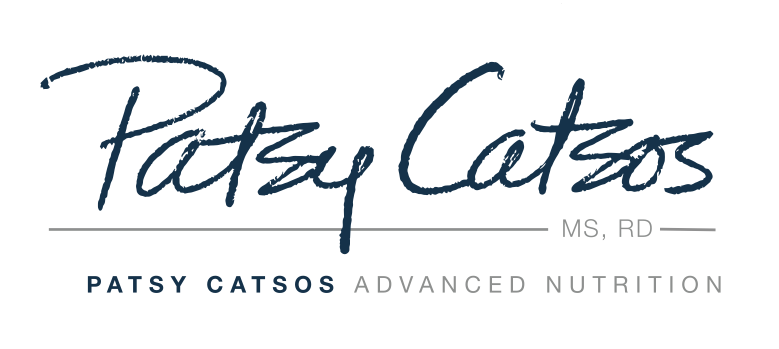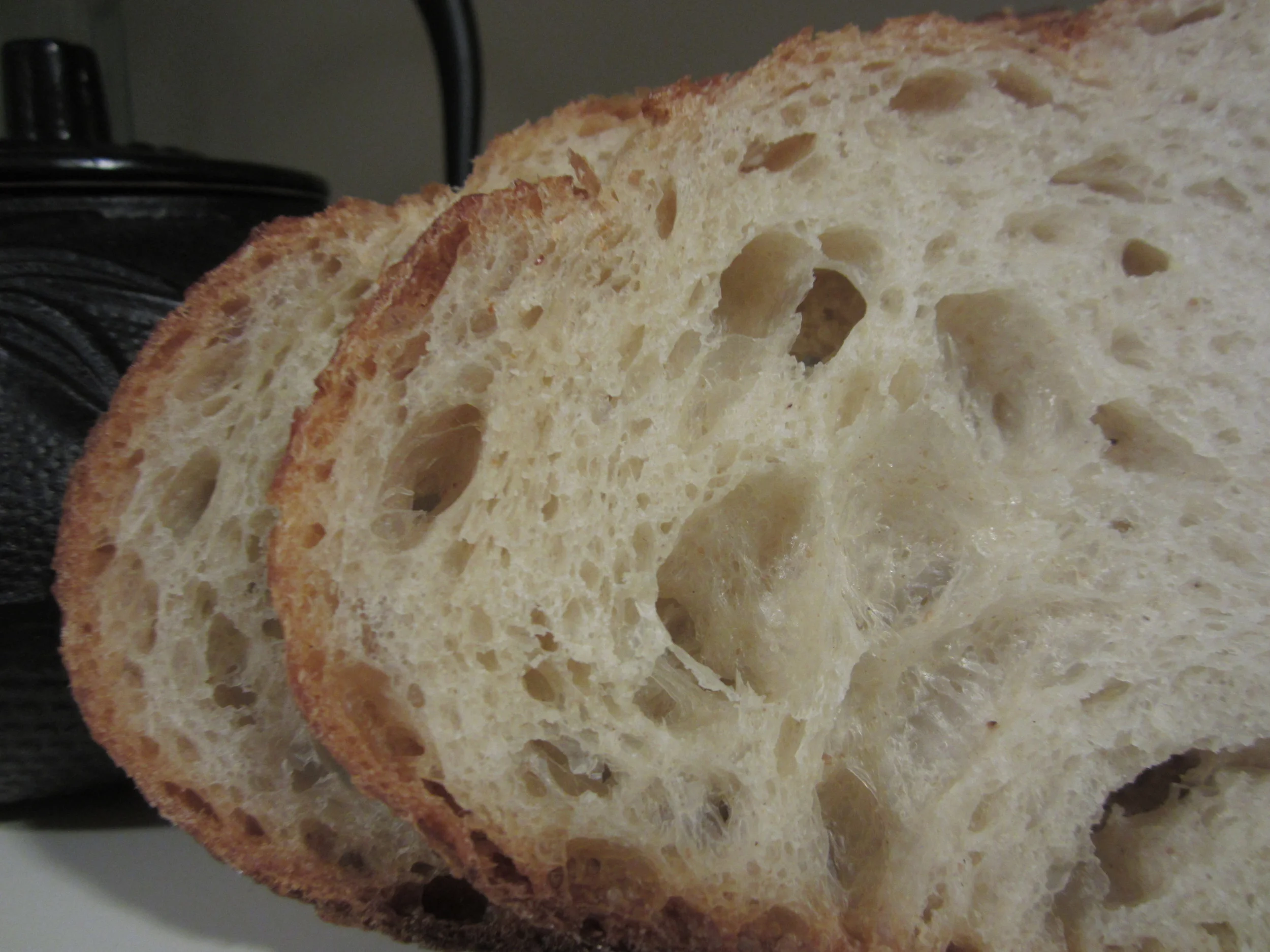“Bread makes me feel bloated.”
Many people with IBS find they feel better when they don’t eat wheat, and gluten-free eating is one of the most popular lifestyles today. But wheat is more than just gluten. Wheat products contains a complex assortment of proteins, carbohydrates, fats, and other components. If you react poorly to wheat it’s important to have celiac disease ruled out, but its more common to learn through the elimination diet process that fructans are the culprit.
Celiac Disease
Celiac disease is an autoimmune disorder. Some of the symptoms sound a lot like IBS: gas, bloating, abdominal pain, constipation or diarrhea. But symptoms aren’t necessarily limited to the gastrointestinal (GI) tract. The affected person can experience anemia (the most common symptom in adults), achy joints, infertility, osteoporosis and more. Gluten can cause an itchy rash called dermatitis herpetiformus, too. The symptoms of celiac disease occur when the affected person eats gluten, a protein found in wheat, barley, and rye. People with celiac disease need to eat a 100% gluten-free diet. You can be screened for celiac disease with a simple blood test.
Non-celiac wheat sensitivity
Non-celiac wheat sensitivity (NCWS) is a general term describing an adverse reaction to wheat that is not due to celiac disease. People with this condition have tested negative for celiac disease, yet they feel better on a gluten-free diet. It is likely that gluten is the culprit in some cases. But studies have shown that many people who report or self-diagnose non-celiac wheat sensitivity turn out to be intolerance to fructans, which is a FODMAP.
Fructan Intolerance
Fructans are specific types of carbohydrates found in wheat, barley and rye. Because the US diet revolves around wheat, it’s by far the biggest food source of fructans for Americans. Not only that, fructans seem to be one of the most troublesome FODMAPs for people with IBS. Due to the presence of both gluten and fructans in wheat, barley and rye, it’s easy to see how much overlap there is between a gluten-free diet and a lower-FODMAP diet. Even though a low FODMAP diet does not have to be gluten-free, it is relatively easy to modify for people who must avoid it for medical reasons.
Tips
This gluten-free bar would not be suitable for a low-FODMAP diet because it contains a number of likely FODMAP-containing ingredients such as milk protein concentrate, maltitol, inulin, and polydextrose.
If you have gastrointestinal symptoms, ask your doctor if you should be tested for celiac disease before starting a low-FODMAP diet. (Once you've cut wheat, barley and rye from your diet for a while, celiac tests are no longer accurate.)
Gluten is not a FODMAP. Sure, some gluten-free foods work well on a low-FODMAP diet as long as other high-FODMAP ingredients aren't added, but gluten-free does not equal FODMAP-free.
If you have celiac disease and already eat gluten-free, but still suffer from gastrointestinal complaints, FODMAPs may be to blame. Especially early in your diagnosis, before intestinal healing is complete on your gluten-free diet, you may be prone to poor absorption of lactose, fructose and sorbitol. Once you have been gluten-free for a long time, your ability to tolerate foods containing these carbohydrates may improve a good deal.
If you don't have celiac disease, the FODMAP approach might help you discover new ways to liberalize your diet and worry less about consuming minor amounts of gluten, since cross-contamination is not a concern with fructans.
Sometimes it’s easier to sort things out with a look at all the FODMAPS at once, instead of focusing on just fructans.


